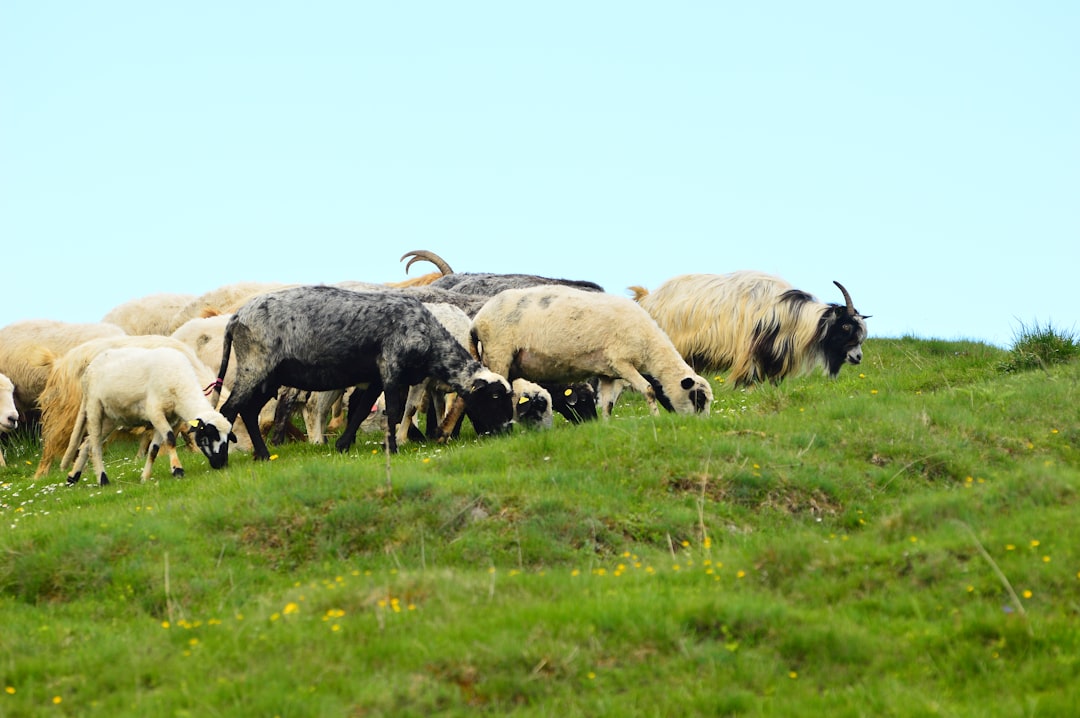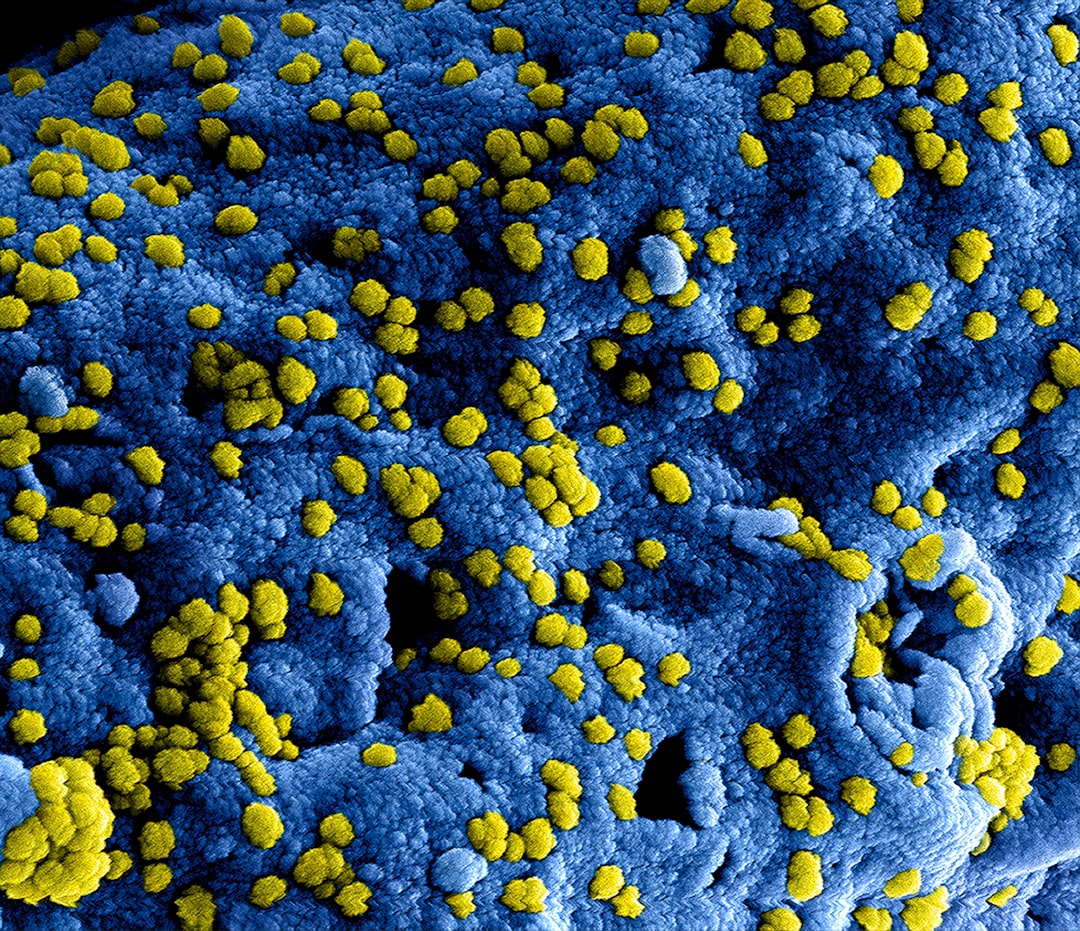What is it about?
The aim of the study was to investigate the effects of melatonin implants on cashmere growth and productive performance of cashmere goats. A total of thirty female goats were assigned to one of three treatments (n = 10), including control and two treatments where melatonin [2 mg kg−1 body weight (BW)] was implanted either in April and June or in June. Compared with the control, implantation in April and June increased cashmere yield and maximum cashmere length by 20.3% and 15.7%, respectively (P < 0.01), with an average initiation date of 22 May 2013 and cessation date of 26 Mar. 2014. In contrast, no cashmere growth was observed in control goats until 19 June 2013 and the growth ceased on 3 Apr. 2014. Melatonin only implanted in June had no effect on cashmere yield and maximum cashmere length, with an average initiation date of 5 June 2013 and cessation date of 27 Mar. 2014. Cashmere growth rate, cashmere fiber diameter, the final BW, and average daily gain were not influenced by melatonin implantation. Results suggested that melatonin implantation during the cashmere nongrowing period is an effective way to stimulate cashmere growth and extend the cashmere growth phase with April and June identified as the most appropriate time for implantation.
Featured Image
Read the Original
This page is a summary of: Melatonin and cashmere growth in Inner Mongolian cashmere goats, Canadian Journal of Animal Science, June 2016, Canadian Science Publishing,
DOI: 10.1139/cjas-2015-0018.
You can read the full text:
Contributors
The following have contributed to this page










